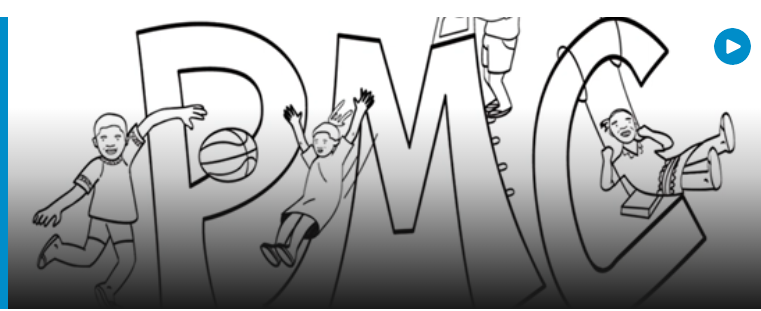Last Updated: 22/05/2023
Assessing the contribution of children over five years of age to malaria transmission in Northern Ghana
Objectives
To quantify the contribution to malaria transmission of children under 5, children 5-10, children 10-15, and individuals over 15 in Northern Ghana, where chemoprevention is currently given to children under 5 and to determine whether the age shift in malaria incidence in SMC areas is linked to an immunological deficit.
Specific objectives:
- To evaluate the infectiousness of each age group to mosquitoes.
- To quantify the transmission potential of each age group by adjusting infectiousness by transmission risk to vectors.
- To compare antibody responses in the various age groups in SMC areas and where there is no SMC.
- To undertake entomological surveillance to determine transmission in the study sites and to parameter rise the mathematical model to be developed.
- To incorporate data from objectives 1, 2 and 3 in a mathematical model of malaria transmission to predict the epidemiological impact of expanding chemoprevention in Northern Ghana to children under 10 or children under 15.
Noguchi Memorial Institute for Medical Research (NMIMR), Ghana
Malaria epidemiology is changing in response to successfully targeting the most vulnerable populations with effective interventions. Since 2012, seasonal malaria chemoprevention (SMC), a highly effective measure against malaria morbidity and mortality in children under 5, has been scaled up in some high-burden Sub-Saharan African countries. As the epidemiology of the most vulnerable group shifts from children under 5 to older children, countries are considering expanding SMC to include children as old as 10 or even 15. Predicting the impact and cost-effectiveness of expanding SMC requires quantitatively characterizing how much each age group contributes to the true infectious reservoir of malaria and thus how targeting each piece of the infectious reservoir impacts population-wide transmission. The data generated from this study will provide preliminary information to justify whether or not to expand SMC to older children. Researchers to date have not considered 5 to 10-year olds separately from 10 to 15-year olds, as studies typically group all school-age children together into one age group, but splitting into two groups is necessary to understand the impact of possible SMC expansion plans. Completion of the study will add to the field’s very limited understanding of treatment-seeking in children who have aged out of SMC.

